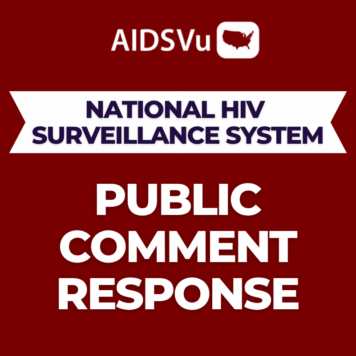In September 2014, The Washington Post published an article about why the U.S. South bears such a heavy burden of the HIV epidemic, which looked at the states that comprise the Deep South – Alabama, Georgia, Florida, Louisiana, Mississippi, North Carolina, South Carolina, Tennessee, and Texas – and examined the socio-economic and policy factors that have caused this region to become home to the highest rates of new HIV diagnoses in the country. Inspired by the article, the South Carolina Rural Health Research Center (SCRHRC) sought to better understand why the Southern U.S. is disproportionately impacted by HIV.
Using AIDSVu data, SCRHRC mapped rates of persons living with an HIV diagnosis by rurality, using green to represent urban areas and red to represent rural ones. Darker shades of both colors indicate an above median rate of persons living with HIV. SCRHRC’s map illustrates the high concentration of HIV prevalence in Southern states, particularly in rural areas where access to prevention and care services is limited. It also demonstrates how other factors, such as lack of transportation, low awareness/education, and poverty, create barriers to care for individuals.
The Washington Post article pointed out that of the nine Deep South states with the highest rates of new HIV/AIDS diagnoses, none of these states have opted to expand Medicaid under the Affordable Care Act. The SCRHRC’s map demonstrates the potential impact of these decisions on those living in rural areas with higher concentrations of HIV.




